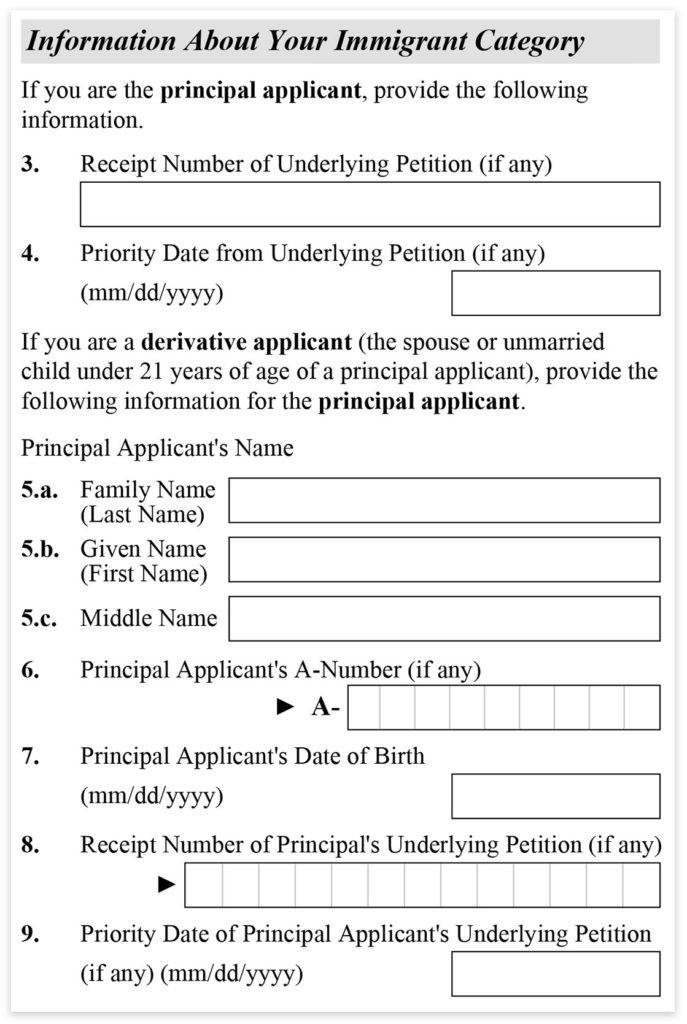

Sometimes I-485 applicants will already be receiving these before a green card is issued.

This presents problems because, first off, the original application they filed with their job, annual income, and organization they are working for is no longer consistent with their new situation. One stressor that can occur during this transition is if the applicant in question is laid off, meaning they lose their job, while their I-485 is still pending or being reviewed by an officer. This eases some of the pressure of remaining in the United States and offsets some of the stress applicants often face who are working uncertainly in the country.

Upon receiving a green card, such applicants no longer have to comply with the conditionalities of their visas that were issued to them when they first arrived. But they also need to be interviewed under their current status before any decision is made. The I-485 follows naturally because workers prefer to stay in the United States once they have integrated into their jobs and residences, as well as the fact that immigrating back to their country of origin and starting over might be a difficult, or a counterproductive task when it comes to career decisions.Īs such, many I-485 applicants are waiting to receive their green cards before their visa (non-immigrant) expires. For example, the H1-B-to-green card process is a common path to legal permanent resident status for many non-citizens. Oftentimes, green card applicants are working in the United States before filing their I-485 application.


 0 kommentar(er)
0 kommentar(er)
